30 pages • 1 hour read
Nathaniel HawthorneDr. Heidegger's Experiment
Fiction | Short Story | Adult | Published in 1837A modern alternative to SparkNotes and CliffsNotes, SuperSummary offers high-quality Study Guides with detailed chapter summaries and analysis of major themes, characters, and more.
Literary Devices
Figurative Language
The figurative language Hawthorne utilizes in the story enhances the effects of many of the themes present. Imagery, metaphors, and personification are some of the techniques used to emphasize the influence of nature and time in the characters’ lives. What immediately sets the tone in the story is the description of Dr. Heidegger’s study in which his experiment takes place. The narrator states that the study is “festooned with cobwebs, and besprinkled with antique dust” (13) and that “between two of the bookcases hung a looking-glass, presenting its high and dusty plate with a tarnished gilt frame” (14). The “antique dust” and “cobwebs” emphasize Dr. Heidegger’s old age and venerability, as well as the four guests’ elderly condition. The characters, with their “ashen visages,” (15) gather around the small round table, “as black as ebony,” (15) to aid Dr. Heidegger in performing an experiment. Hawthorne’s word choice intensifies the setting and atmosphere throughout the story.
Related Titles
By Nathaniel Hawthorne
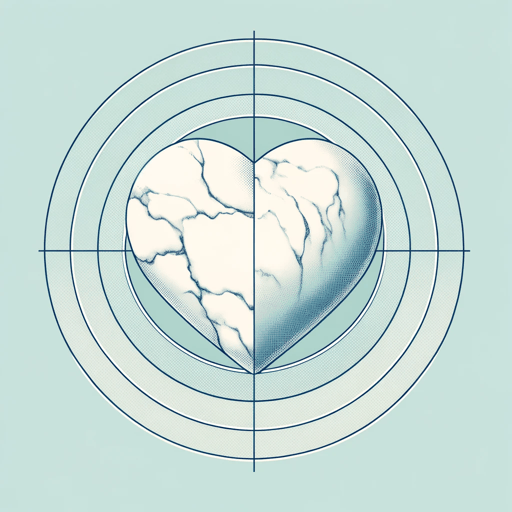
Ethan Brand
Nathaniel Hawthorne
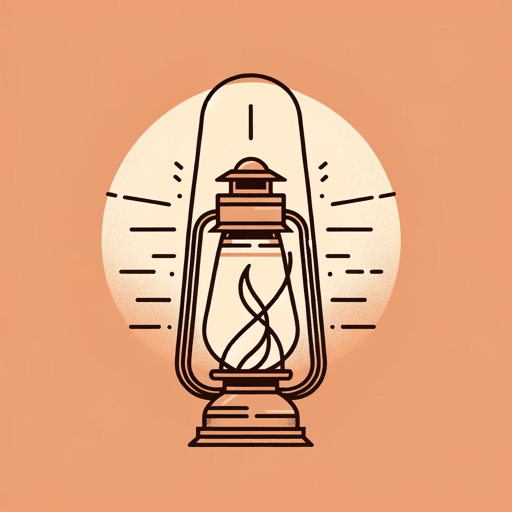
My Kinsman Major Molineux
Nathaniel Hawthorne

Rappaccini's Daughter
Nathaniel Hawthorne
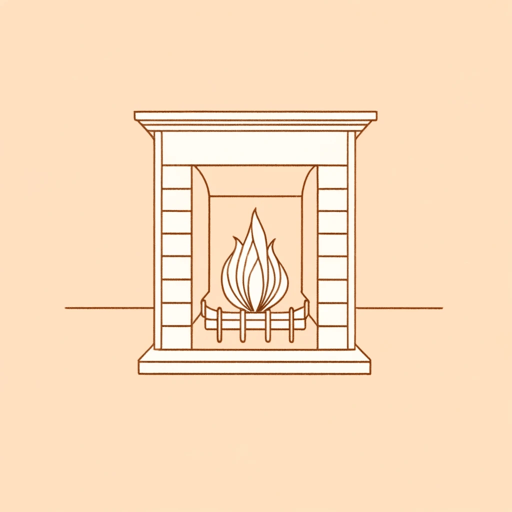
The Ambitious Guest
Nathaniel Hawthorne

The Artist of the Beautiful
Nathaniel Hawthorne
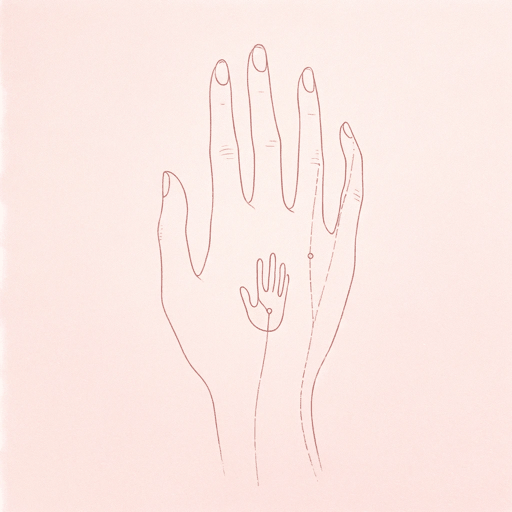
The Birthmark
Nathaniel Hawthorne
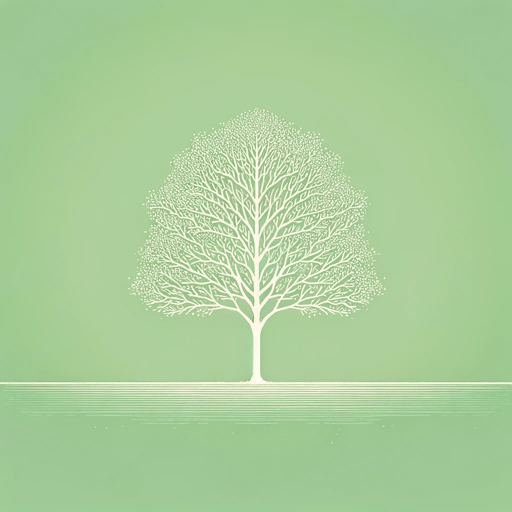
The Blithedale Romance
Nathaniel Hawthorne
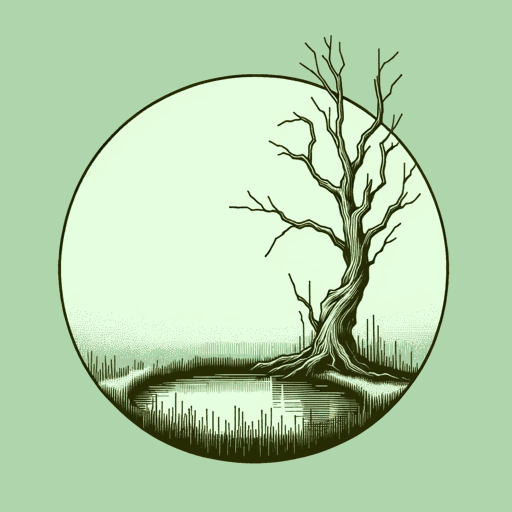
The Hollow of the Three Hills
Nathaniel Hawthorne
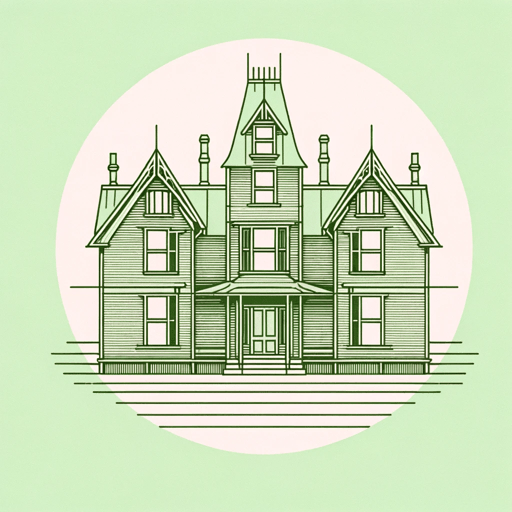
The House of the Seven Gables
Nathaniel Hawthorne
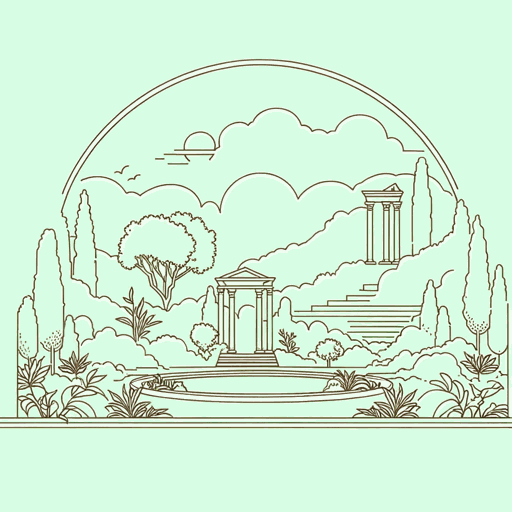
The Marble Faun
Nathaniel Hawthorne
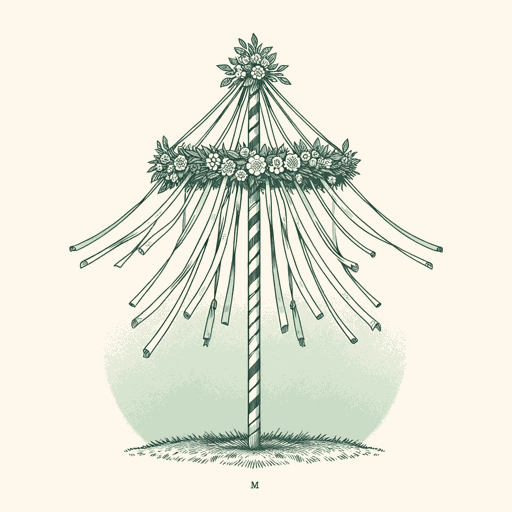
The Maypole Of Merry Mount
Nathaniel Hawthorne
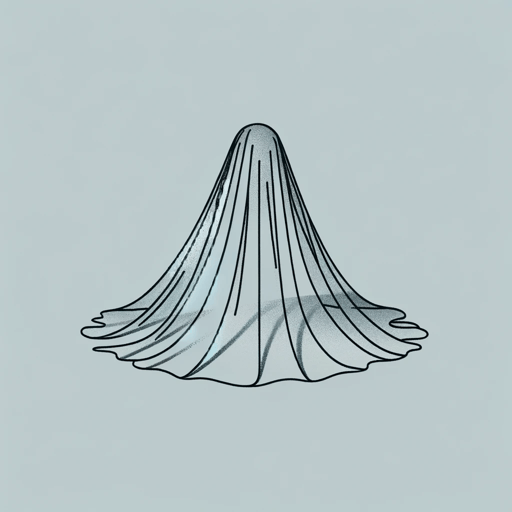
The Minister's Black Veil
Nathaniel Hawthorne
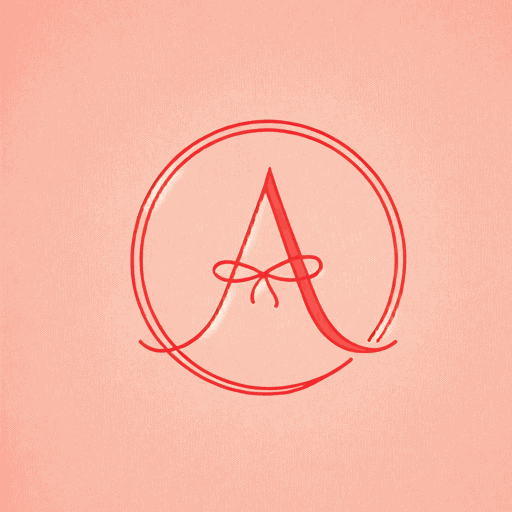
The Scarlet Letter
Nathaniel Hawthorne

The Wives of the Dead
Nathaniel Hawthorne

Young Goodman Brown
Nathaniel Hawthorne

